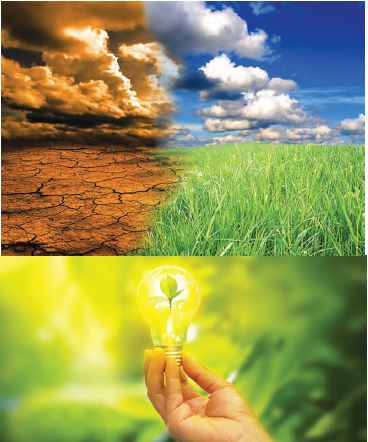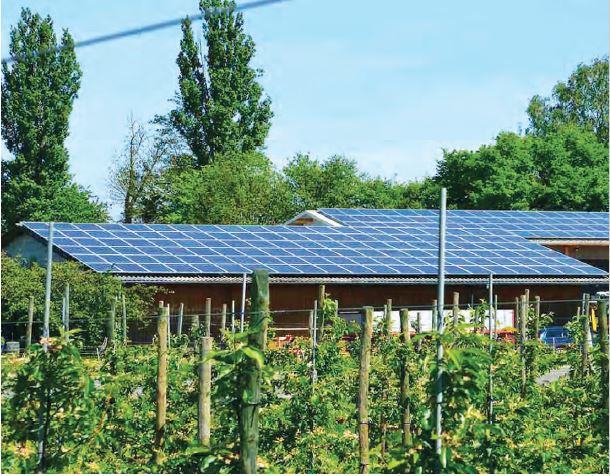 |
|
 |
COVER
STORY |
 |
|
| |
| |

|
|
Tapping Sustainable Energy Alternatives
|
|
|
The second lead article, which is also focus article, is written by Shri N Bhadran Nair. Citing a report of the World Health Organisation, the author has advocated for tapping sustainable energy alternatives
|

|

|

|

|
|
Financing Renewables in India
|
|
|
The third article is written by Shri P C Maithani, Adviser, Ministry of New and Renewable Energy. He has focussed on renewable energy resources
|

|

|

|
|
Steps to Achieve India’s Solar Potential
|
|
|
The special article is written by Sumant Sinha, Chairman and Managing Director of ReNew Power. He opines that India must also honour its global commitments on curbing greenhouse gas emissions
|

|

|
|
 |
Lead Article
Textiles the word brings up images of beautiful drapes cotton, silk, chiffon, lace. Whether it is the material draped on the figurine of the lady from Mohenjadaro, the stylish drapes of Cleopatra, the ball dance gowns of the Victorian Era or the lovely dresses worn by our own queens and princesse...
read more... |
|
 |
|
|
|
|
|
|
|
About the Issue
|
|

There is no denying the fact that India owes a lot of its cultural identity to its rich
handloom and handicrafts heritage. The colourful tapestry of bandhej, zardozi,
kanjeevaram, bomkai, or tangail, the fragrance of sandalwood being carved into
intricate products, the tinkle of metal as it takes awesomely varied forms under the
artisan’s hammer, and the multitude of carpets and durries, boxes and bags , jewellery
items and stone work may have, at some point of time in the distant past, been mere
everyday activities and common place products in any typical village in any part of the
country, but things are changing today. Our handloom and handicraft products are fast
becoming major lifestyle statements and have secured a place for India in the lives
of millions across the world. For a growing number of people at home and abroad, the
exquisiteness and exclusivity of the handmade is working as a powerful lure against
the monotony of the mass produced, opening up huge possibilities of market expansion. The sector provides
livelihood to over 130 lakh weavers and artisans, a large percentage coming from the marginalized sections of
the society. The industry is largely environment friendly and low on energy consumption, and consciousness
on these issues, as also on fair trade practices is growing fast. All this makes the sector a potentially powerful
player in the country’s economy and an important tool for the empowerment of crafts persons. The government,
NGOs and the crafts persons themselves are today working together to work out and put into practice the best
ways to unleash this potential.
There are several issues that need attention both in the form of policy intervention and ground level
implementation. There are issues of securing steady, dependable and affordable sources of finance for the artisans,
skill upgradation, bringing in new and useful technology and innovations in design. Devising and operating a
marketing mechanism that ensures fair returns to the artisans and is socially inclusive is another crucial area of
concern. This entails providing marketing intelligence, building value chains, publicity of the product, building
brand image and a lot more. Overall, the challenge is to ensure sustainable production and growth of the sector
along with empowerment of the practitioners.
|
|
|
|
|
|
|
|
|
|
|
 |

|
|
 |
|
|
 |
|
Regular
Column |
 J&K Window : J&K Window : |
|
|
 Do you know? : What is Forensic Auditing Do you know? : What is Forensic Auditing |
|
Forensic auditing refers to the auditing with the main aim to employ accounting techniques and methods to gather evidence to investigate the crimes on financial front such as theft, fraud etc.
|
|
|
 |
|
 |
 |